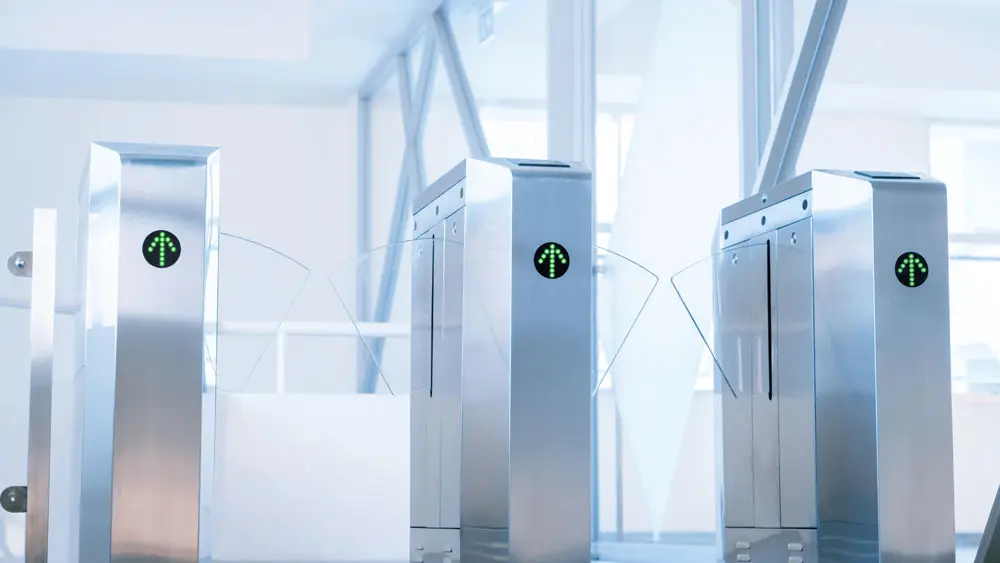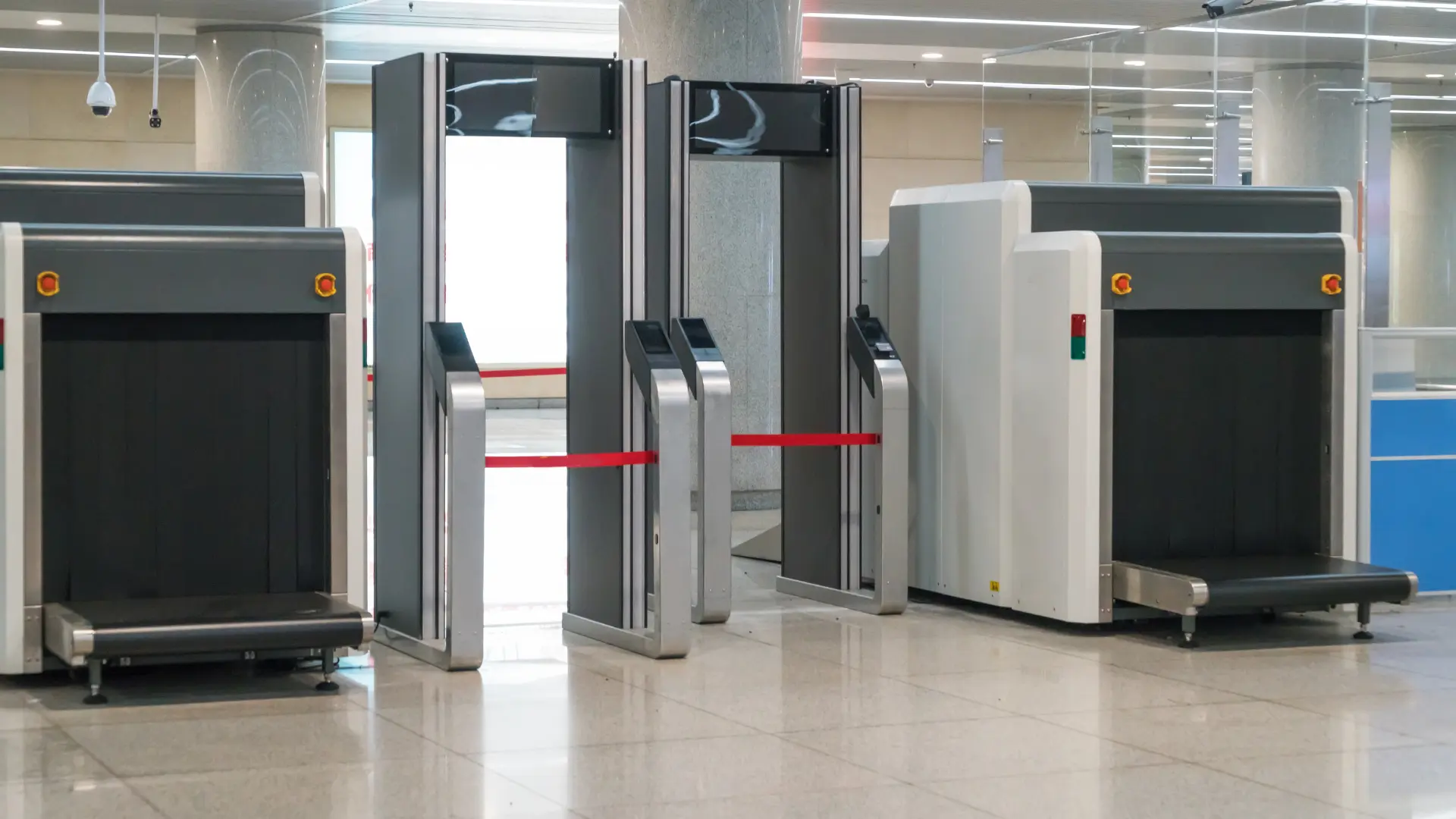Asset tracking system
What is an asset tracking system?
Companies need to enhance their asset tracking practices, sometimes referred to as asset management. Asset tracking is just as important as managing your inventory, because you need to know the location, status, maintenance schedule, and other important information about your organization’s tangible assets.
Therefore, in this article, we will talk about the asset tracking system, and what we offer to our customers in this industry at Al Maalim International Company.
What is asset tracking system
Asset Tracking System is a method that can be used to track your tangible assets, whether you scan bar code labels attached to them or use GPS or RFID tags that broadcast their location.
Asset tracking solves numerous business challenges and provides a framework that allows companies to become more efficient and boost the bottom line by making the best use of existing resources to achieve desired results.
Methods of asset tracking
It is necessary to choose asset tracking methods, which can save your organization money and time. The goal of any asset tracking system, therefore, is to maximize asset control efficiency and minimize of loss equipment, tools, and other assets.
Most of the available methods work through the use of mobile computers, barcode labels, handheld barcode scanners, and asset management software.
Assets
Barcodes are the primary standard for data collection and asset tracking. This gives each asset a unique bar code identifier through which they can be individually recognized and tracked. Barcodes contain information that is important to business, such as the project name and asset category. Barcode scanners read each bar code, allowing the organizations to count assets more quickly and accurately without the risk of introducing human error.
The Benefits of Tracking Assets with Barcodes
The uses of barcodes are far-reaching and, as a result, so are the benefits of the software used to create and scan these barcodes. Here are the main benefits of barcodes.
- Create inventory labels, asset tags, address and shipping labels, ID badges and coupons, which means you can rapidly design custom labels, including bar codes, text, and graphics.
- Simplify tracking with continued serial number barcode software such as WaspLabeler + 2D that allows the user to automatically serialize inventory or asset tags to simplify tracking.
- Eliminate data entry errors. fast-paced environments can make your business susceptible to errors and risks.
- Improve accuracy with database connectivity, through barcode software such as WaspLabeler + 2D, as well as saving your time and money with database connectivity
- Improve retail checkout efficiencies with coded product lists for small or bulky items.
Benefits of Following Asset Tracking System
The benefits of asset tracking are numerous, and nearly all contribute to a healthier bottom line for the organizations that properly implement effective asset management processes. We highlight some of the most beneficial advantages:
- Improve efficiency and reduce costs
- Adjust company records as equipment is reassigned between departments and use the updated information when calculating taxes and costs for each department.
- Locate assets quickly and easily at any time.
- Conduct asset tracking using fewer resources, with the aid of an asset tracking system.
- Lower administrative costs, since administrators do not need to track or locate assets manually.
- Track and reduce asset loss and utilize assets more effectively.
- Grow your company and scale your asset tracking as necessary.
- Improve customer service through improved asset tracking and management practices.
- Assure accountability and accuracy with asset loss and management.
- Instantly know where your assets have been allocated.
- Track assets properly in required to regulatory compliance and policies in certain industries.
- Increase the efficiency and organization of your company’s tangible space by identifying which items are accessed together and creating a better structure of your physical system.
- Get real-time reports to know the position of each asset.
How to choose the right asset tracking system for your business?
Effective asset tracking starts with getting the foundation in place: the tools, systems and applications that enable asset tracking and software solutions that streamline data collection and analysis.
These asset tracking tips will help you select the best asset tracking tools and software to meet your company’s needs.
- Know what assets you need to track:
Keep in mind that it is important to know the maintenance schedule, equipment uptime, downtime, and the user of each machine.
- Consider the full project management life cycle.
If you think of the life cycle of an asset as one long project – a project that might last for as long as 20 or more years – it becomes apparent that what you are really looking at is a project that starts with the engineering and construction processes.
- Try to evaluate and prioritize your company’s requirements.
It is essential to define and prioritize the requirements of a fixed asset software package to meet these needs. Second, evaluate how each product measures against your requirements. Third, perform a test drive which allows you to try various features and ensure the software is a good fit.
- Gain visibility by selecting software with reporting and analytics functionality.
When selecting a tool for your asset tracking system, confirm it can collect the metrics that you need to measure for the performance of your processes. Furthermore, verify that you can easily get information out of the system easily into dashboards anyone can configure.
- Use a specialized work team
It is necessary to ensure the success of the asset tracking system in your company, so you will need a specialized team who provides you with the best possible solutions, such as what we offer to our clients at Al-Maalim International Company.

In conclusion, the asset tracking system enables more accuracy in terms of tracking your physical assets. Therefore, do not hesitate to contact us and follow our services and products through the website and our accounts on social media.










